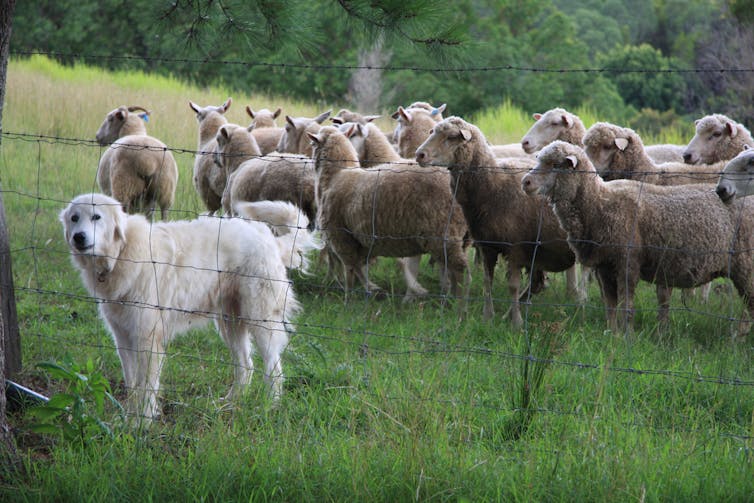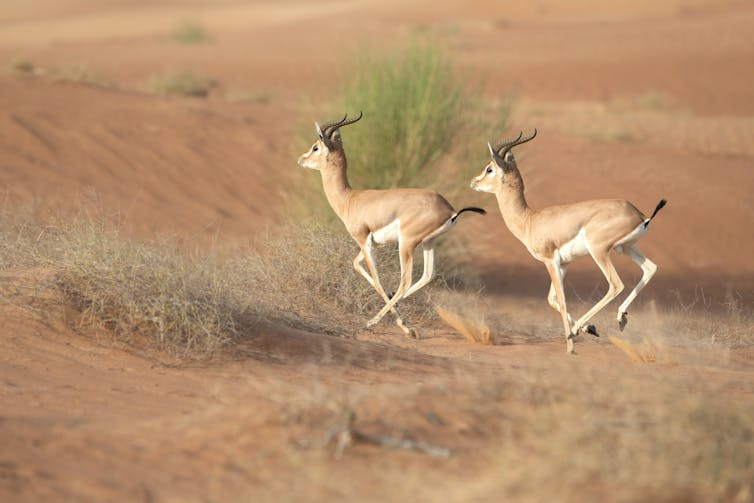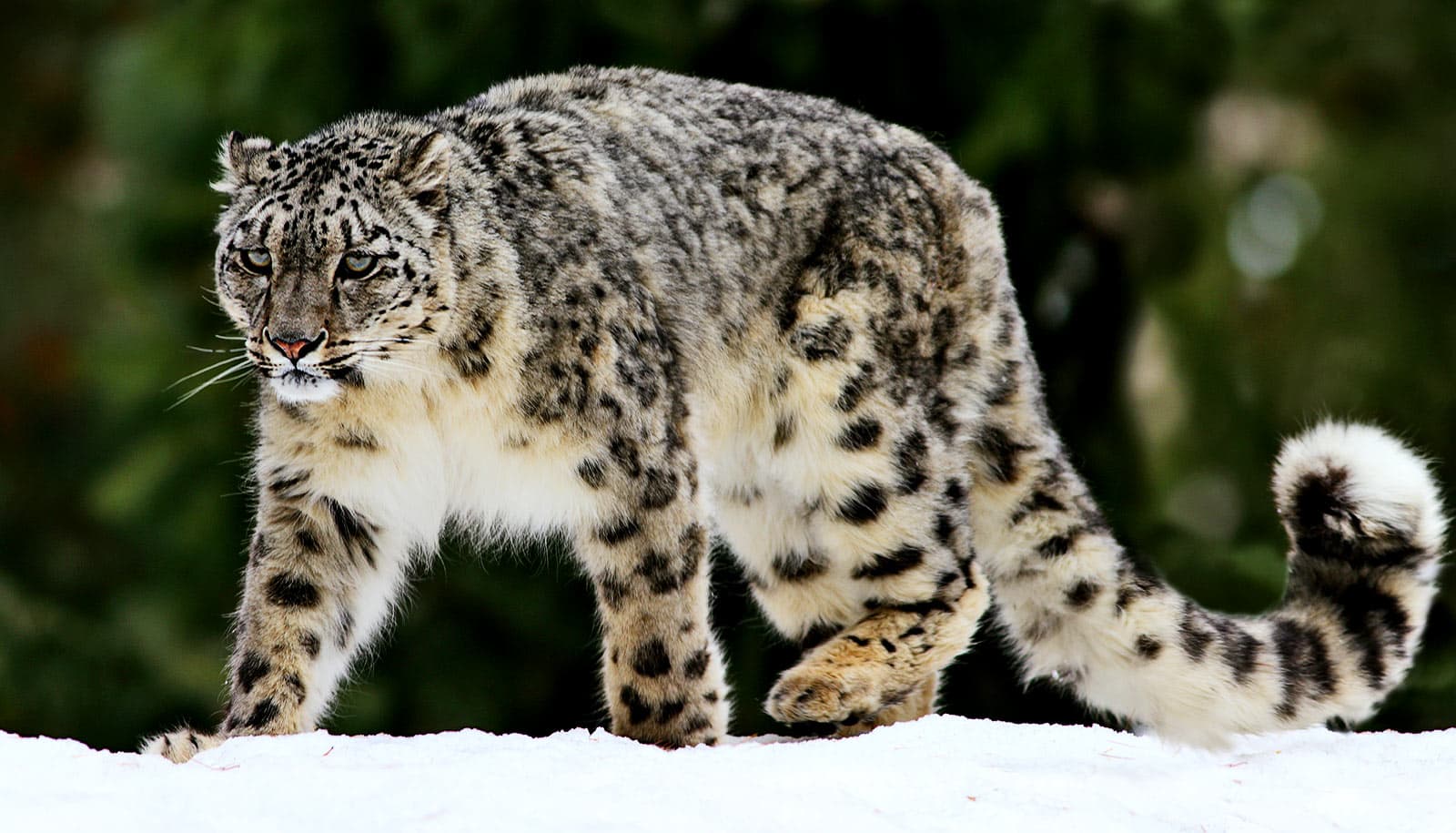
Dogs used to guard livestock may have unintended costs to wildlife
Livestock guarding dogs are considered a non-lethal method for farmers to control wild predators.
Feb. 23, 2021 • 5 min • Source
Over thousands of years, dog breeds like the Great Pyrenees and Anatolian Shepherd have been chosen to protect livestock by warding off wolves, leopards and other predators. The practice originated in Europe and Asia, but it’s increasingly used in parts of the world where large carnivores are making a comeback . Dogs help farmers look after their flocks and provide an alternative to controlling predators without having to fall back on methods which are entirely lethal, like shooting or poisoning wild animals. Conservationists have hoped that using guard dogs can reduce the number of predators killed in defence of livestock.
But research shows that domestic dogs can kill and disturb wildlife too. Our pets can compete with wild animals for food and transmit diseases to them. Dogs used as livestock guardians are trained to be obedient and attentive to duty, but what do they get up to beyond the watchful eyes of humans?
In a new review paper , published with colleagues at Nottingham Trent University, we found that man’s best friend, when employed to guard livestock, might not be so friendly to wildlife as conservationists once hoped.

Barking up the wrong tree
We scoured thousands of scientific reports about livestock-guarding dogs and found that, on average, 34% of dogs chased wild animals and 10% killed them. More worryingly, we found that 78% of the species these dogs harassed weren’t likely to pose a threat. The majority of them were small mammals which didn’t prey on livestock, including marmots, bat-eared foxes and European badgers, plus a range of large herbivores such as chamois and red deer in Europe, and impala and kudu in Africa. Five species of bird were also named as being chased or killed by livestock guarding dogs, including birds as large as the capercaillie and common ostrich.
Most of the studies relied on farmer observations of their dogs’ behaviours. But since dogs are often out of sight when with their flocks, it’s possible more interactions went unrecorded.
Livestock-guarding dogs might also change the behaviour of wild animals. Some species, such as bobcats in the US and eastern grey kangaroos in Australia were found to avoid areas with guard dogs. Though other species, such as leopards, black-backed jackals and brown hyaenas in South Africa , seemed unaffected by their presence. And while livestock-guarding dogs threatened wild birds in other places, the same dog breeds have been used to great effect protecting penguins from red foxes in Australia.
Good dog or bad dog?
Dogs could endanger already threatened species. In fact, we found that livestock-guarding dogs had chased or killed nine species at risk of extinction, including cheetahs and leopards, and were implicated in reducing the number of fawns of endangered mountain gazelles .

But in one study , researchers suggested that livestock-guarding dogs could increase populations of ground-nesting birds by chasing away smaller predators that usually eat their eggs. And by deterring wild animals from straying into areas occupied by livestock, these dogs can limit the transmission of disease between them and competition for grazing.
A balance must be struck between protecting livestock and protecting wildlife. Widespread vaccination of livestock-guarding dogs could reduce the risk of them transmitting disease, and providing high-quality food and corrective training could reduce the likelihood of hungry dogs preying on wildlife.
Livestock-guarding dogs are often used alongside other measures, such as electric fences and protective housing for livestock overnight. While not entirely wildlife-friendly, dogs can still be used responsibly to help people and wildlife live alongside each other.
Katherine Whitehouse-Tedd receives funding from the On Track Foundation and the Ornithological Society of the Middle East, the Caucasus and Central Asia.
Bethany Smith does not work for, consult, own shares in or receive funding from any company or organisation that would benefit from this article, and has disclosed no relevant affiliations beyond their academic appointment.

